We recently received an interesting question from a reader concerned about Catawba worms and Royal Empress trees. The reader has planted a Royal Empress tree in his yard, but he also wants to plant a catalpa tree because these trees attract Catawba worms (in fact, catalpa trees are often called “Catawba trees”), which are excellent fish bait because of their tough skin (fish can’t just pick them off the hook). The reader has a pond on his property that his brother loves to fish in, and hence the desire for a catalpa tree and the Catawba worms that feed on their leaves. The problem is this: Royal Empress trees are very similar to catalpa trees, so the reader fears that if he plants the latter, the Catawba worms will show up and feed on both trees, not just the catalpa tree. So, the reader is essentially wondering how discriminating Catawba worms are in their tastes. Will they only eat catalpa trees, as they are famous for doing, or will they also eat similar trees, like Royal Empress trees?
First, a little background on Catawba worms, which are in fact not worms at all. They are, like so many other “worms” we write about on this site, larva – more specifically, they are the larva of the sphinx moth, which makes them caterpillars. When they are hatching from the egg, the larvae are very pale, but in time they become yellow with a black strip down their backs and black dots on their sides. Before exiting the larval stage of their life cycle (that is, before they cease to be caterpillars and transition into adult moths), they can reach about two inches in length. It is at this stage in their lives that fishermen seek them with frenzied enthusiasm. (Seriously, they are highly coveted by fishermen.)
To some people, Catawba worms are regarded as a pest because catalpa trees have excellent wood that can be used for fine woodwork. So, in an epic clash of interests, a fisherman’s dream – a tree that almost literally grows fish bait – is a woodworker’s nightmare. Interestingly, though, Catawba worms only appear to defoliate catalpa trees (indeed, they can do this up to three times in a summer) without causing lasting damage to the tree itself. Maybe fishermen and wood craftsmen can live in harmony after all.
Now, about the matter of Catawba worms infesting trees other than catalpas. Fortunately for our reader, everything we have read suggests that Catawba worms exclusively feed on catalpa trees and nothing else. A wholesale producer of Catawba worms, which operates through the authoritative-sounding website CatawbaWorms.com, insists that Catawba worms can only be found on catalpa trees, and the worms will only infect some of them on a seasonal basis at that. Another source, who happens to have written a book about Catawba worms and catalpa trees (along with a now defunct newsletter on the same subject – talk about an enthusiast!), says the same, writing that “without Catalpa Trees, you will not have any Catalpa Worms” (capitalization his). Finally, every other source we read mentions catalpa trees, and only catalpa trees, as the source of sustenance for Catawba worms, so we’ll regard that as indirect corroboration. Of course, we can’t say with certainty whether Catawba worms will infest your Royal Empress tree, but nothing we have unearthed suggests that they will.
All About Worms is always free, always reader-supported. Your tips via CashApp, Venmo, or Paypal are appreciated! Receipts will come from ISIPP Publishing.



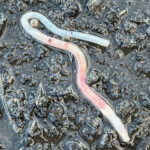

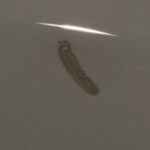
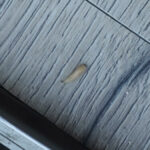
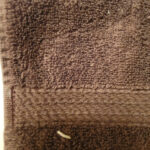
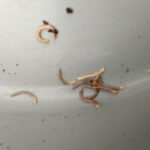
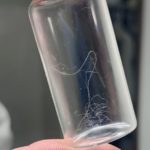
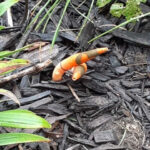

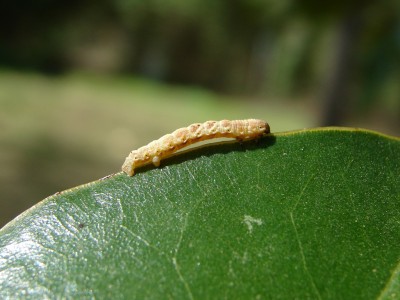


I have Empress trees only, no catalbe, and they are from 1-10 years old. All are infested with Catalpa worms. Worms or caterpillars eat then enfold themselves in the leaf and send a single silk strand with a leaf particle on it toward the ground. I live in Arkansas and this is the first year this has occurred with these trees. We have lots of bird but they don’t seem interested in the caterpillars.
I have a Catalpa tree and I’m not a fisherman, so the worms are a pest, in my eyes. The tree came with the house when we bought it and the tree sits between two pecan trees and I have seen them in the pecan trees.